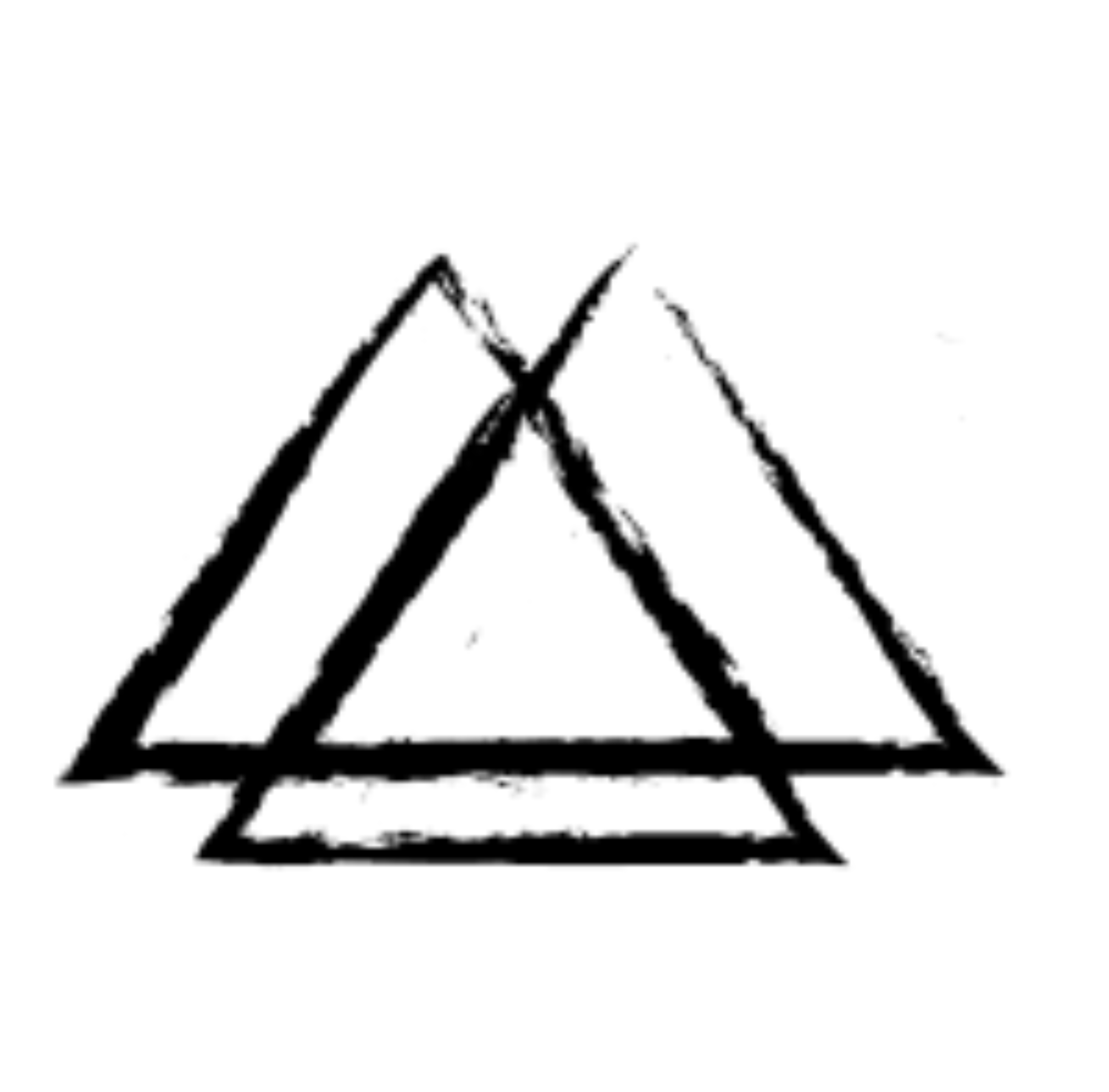Now it is time to pull this together. We have spent time tracking where you actually are and looking at what you have valued the most in your life. The next step is to line them up, and see what you get.

Take out another piece of paper, and draw a circle that you can divide like a pie, to represent where your time is allocated (yes, it is actually a pie chart). Roughly estimate which of the activities you identified are allocated the most of your day to day life, and therefore should take up a larger portion of the pie. The reason it is best to do this after a week or two of tracking is that, as per my previous blogs, most of us are all too willing to lie to ourselves about how we live our life. So, look at the data and translate it to a chart. When I looked at mine, I saw a great deal of time spent driving as a result of living in a rural setting but having school and work in two different urban areas. I also see that I spend a fair amount of time doing absolutely nothing with my family. I mean, just sitting and being in the same room. I am not clear as to how that started because I wouldn’t have guessed I have room for that, but as it turns out I do. As many of you do, I also spend a lot of time at work, which for me means providing therapy and consultation, supporting the clinical team, and developing The Practice Calgary in terms of client care and community engagement. Outside of the clinic I scour research as a final stage of my PhD, read health studies to use in social media engagement (I am passionate about informed practice), and read for pleasure (yes, mostly related to wellness… I know what I know). And then there is exercise, cooking, sporting adventures, and friends. Then of course, there are the things I will just throw in the “I don’t even know why I am doing this” category, such as reading the news repeatedly, all idle social media viewing, and …. Endless list ensues.
Take this pie chart and look at it through the lens of what you value. Does it line up? Are the things you value clearly shown in the way you spend your time? Find ways to anchor goals to the things you value, so that you are more likely to stay with them. Stop and make sure the goals you have are in-line with things you truly value. I have realized that for me, fitness goals need to be anchored to an activity and to community. What that means is that I bring my kids in to work out with me in the morning, and I specifically choose to train in ways that will improve my snowboarding or wakeboarding, or take running to the next level in terms of distance or time. I have signed up for a half marathon in September and set a goal of getting a personal best. This will drive my commitment to training. When I look at expression and creativity which are values of mine, I can set goals of spending more consistent time writing or painting. I have no interest in publically displaying my painting, so I can focus my energy on time spent rather than achievement. However, writing and speaking (value: influence) also should be expressed in order for me to feel deeply satisfied, so I am mindful to set up speaking engagements, and have set a goal around presenting my dissertation research in 2018.
The second piece to consider is how you will define the metric or measurement of success. If your goal is weight loss, you need to measure success by something that will reinforce you along the way. You could focus on days in a row at the gym, avoiding added sugar, or reducing portion, which will all lead to the ultimate goal of weight loss. Tracking the actual weight loss will help you adjust your plan, but will not be enough to keep most of us going for the long haul. The metrics of success I am using for my running are the number of times I do cardio a week, and if I am able to push myself in duration or intensity (time, hills, speed). The metric for presenting the dissertation research, is making sure that I am working on the research at least two days a week. Keep track of these metrics so that you can gain momentum.
Pick goals that are likely to make the most impact in your level of satisfaction in life, ones that are easy to accomplish and ones that are going to be more of a grind. Try not to pick too many or else each one will likely lose charge. Pick what is fun, pick what is meaningful, and focus on the steps along the way.
Carmen Dodsworth, BSc., MA.
Registered Psychologist
